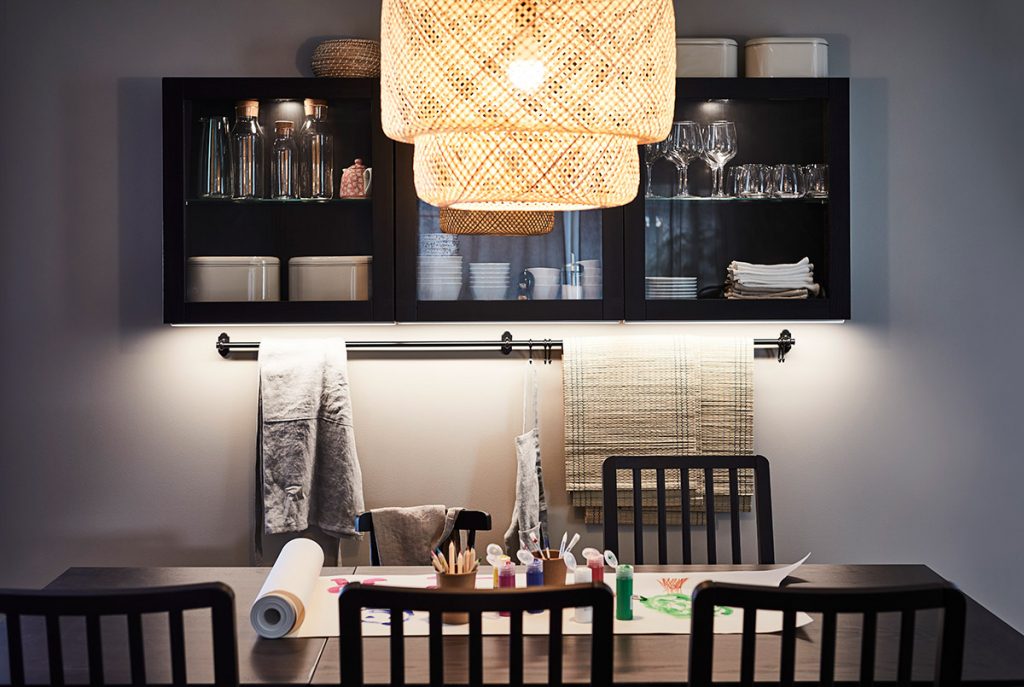Swedish furniture maker IKEA has been visiting many Filipino families to learn and understand life at home as it gears to open its store in the Philippines – its largest store in the world – later this year.
Georg Platzer, store manager of IKEA Pasay City, said the furniture retailer has always been fascinated about people’s lives at home, particularly of Filipino families.
IKEA shared its discoveries through a link Life at Home video series on its Facebook page that explores how Filipinos treat the precious spaces they call home.
“So we ask how they live their life at home. This helps us do what we do—create modern furniture design that helps people to not just survive at home, but thrive. This fascination helps us to better understand people’s needs, dreams, and challenges, especially for the new markets we enter,” Platzer said.
For many Filipinos, family remains central to life at home.
“While some aspects of home life like sleeping and eating are shared the world over, we continue to find notable differences driven by culture and tradition,” Platzer added.
One of IKEA’s many stops was the ancestral home of Cindy and Junie, a typical Filipino family living with their extended family.
In a Filipino household, this is not uncommon. Three generations living together has been a way of life for many Filipino families, with grandparents often playing a large role in raising their grandchildren.
Cindy and Junie pointed out their living situation works because it lets them work without worrying about their kids.

“Additionally, and perhaps more important, is how living with Lola is teaching their kids important values like respecting one’s elders,” they added.
The Swedish furniture maker also visited Joseph and Kel, who unlike the first couple, are not living with an extended family.
Kel likes teaching their three kids about responsibility, while Joseph imparts the value of exercise.
For both Filipino families, home is not defined by the physical spaces they occupy, but the people they share it with.
With rising property costs and diminishing land space, condominiums, townhouses, and duplexes are becoming more popular for many Filipinos.
For young couple Kim and Kat, who are just starting their lives together, home is about having something they can call their own, no matter how modest.
A place they can be comfortable in and enjoy regular TV binges and videoke sessions. In the future, the couple plans to renovate their small space to make it even more comfortable, with chips at arms’ reach.
Make-up artist Renen Bautista who is always on the go, values making something his own as he lives in a condo that he has designed and renovated himself.
A big DIY enthusiast, he built his small space into his own personal sanctuary where he can unwind and relax.
For all the different definitions of home, IKEA understands that home isn’t just a place but is where the heart is.
“The four dimensions that help us define home are: the people we live with, the things we own, the amount of space we have, and the place we live in. Home is a feeling,” Platzer said.
And by continuing to explore life at home in the Philippines, IKEA hopes to learn what Filipinos need and dream about when it comes to what they call home.
The world’s largest IKEA branch, located at the Mall of Asia Complex, covers 65,000-square meters that is enough to fit 150 basketball courts.
